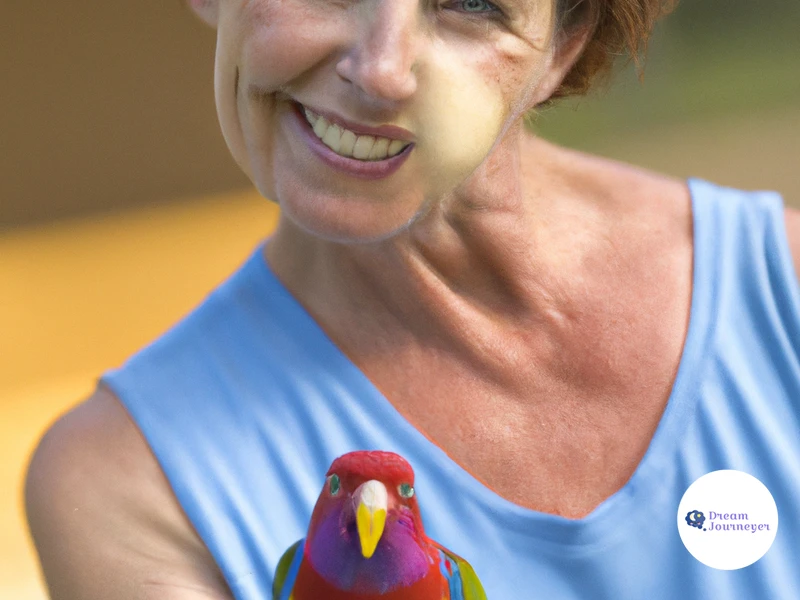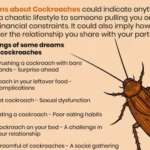Do you ever dream of holding a bird in your hand? Have you ever wondered what the feeling of touching a bird’s soft feathers and hearing its chirp would be like? Now you can experience the joy of holding a bird in your hand and bringing this dream to life! In this article, you will learn how to safely handle birds and create a safe and enjoyable experience for yourself and the bird.
Benefits of Holding a Bird in Your Hand

Unique Bond
Holding a bird in your hand creates a unique bond between you and the bird. This bond can be strong and it can last for a long time. You will be able to create a special connection with the bird, which can be calming and peaceful.
Relieving Stress
Holding a bird in your hand can be a great way to relieve stress and relax. The bird’s presence can be soothing and calming to you. It can help to reduce your stress levels and make you feel better.
Health Benefits
Holding a bird in your hand can also be beneficial for your health. Studies have shown that people who hold a bird in their hand report feeling happier and more relaxed. This can help to reduce stress and anxiety levels, as well as improve overall mental health. Holding a bird can also help to reduce blood pressure and heart rate.
Essential Steps for Holding a Bird in Your Hand
Acquiring a Bird
The first step in experiencing the joy of holding a bird in your hand is acquiring one. Before purchasing a bird, it is essential to research the type of bird to determine if it is a suitable pet for your home. Consider the bird’s natural behavior, space requirements and diet. Additionally, it is important to select a bird from a reputable breeder or pet shop.
Proper Acclimation
Once you have acquired your bird, proper acclimation is the next step. This process is important to ensure that the bird is comfortable in its new home. Allow the bird to become accustomed to its new environment and surroundings by limiting contact with humans and other pets. Additionally, be sure to provide the bird with the appropriate food, water, and resting areas.
Training
After the bird has become acclimated to its new home, it is time to begin training. Training your bird is essential to ensure that it is comfortable being held in your hand. Start by offering your bird treats from your hand and slowly move your hand closer to the bird. Over time, the bird will become more comfortable with being touched and handled. Once the bird is comfortable with being held, you can experience the joy of holding a bird in your hand.
Tips for Holding a Bird in Your Hand
Proper Handling
Always support the bird’s body weight. Place your dominant hand around the chest and wings. The other hand should be placed around the belly and beak. Never grab a bird from one hand or by its wings.
Species-specific Considerations
Some birds are more comfortable being held than others. Generally, small birds are easier to handle than larger birds. Larger birds may be more comfortable when held over the shoulder.
Safety Tips
Exercise caution when holding a bird. Keep your face away from the bird’s beak and claws. Never leave a bird unattended while it is in your hand.
Frequently Asked Questions
What safety precautions should be taken when handling wild birds?
Wear Thick Gloves: Wild birds have sharp beaks and claws that can cause injury. Wearing thick gloves will protect your hands and arms from accidental scratches and bites.
Always Observe the Bird: Before handling a wild bird, observe its behavior and be aware of any signs it may give that could indicate it is feeling threatened or is uncomfortable.
Avoid Unnecessary Stress: Wild birds can easily become stressed, and it is important to handle them with care. Avoid sudden movements or loud noises, as this can cause them to become anxious or scared.
Be Aware of Their Natural Instincts: Wild birds may try to escape if they feel threatened, and so it is important to keep them secure when handling them. If the bird is particularly agitated, it may be best to return it to its natural habitat.
Are There Any Special Precautions to Take When Handling Young Birds?
When handling young birds, it is important to be gentle and not place too much pressure on the bird. It is important to wash hands before handling the bird, as young birds have delicate immune systems and can easily be infected. Make sure to keep the bird warm and away from any direct drafts. Always be mindful of the bird’s ability to fly and stay away from windows or other areas where the bird can fly into something. Additionally, it is important to keep young birds away from cats, dogs, or other predatory animals.
Is it possible to train a wild bird to be comfortable with human contact?
Yes, it is possible. With patience, commitment, and consistency, one can train a wild bird to tolerate and eventually even enjoy human contact. Here are some tips to get you started:
- Start small. Begin by just letting the bird get used to your presence without making any sudden movements. Gradually increase the amount of time you spend in its presence.
- Provide treats. Offer the bird treats when it is showing signs of comfort around you. This will help build a positive association with you.
- Introduce physical contact gradually. Once the bird is comfortable around you, start by gently stroking its back. Move up to petting its head and eventually to lightly holding it.
- Take it slow. Give the bird time to adjust to each new step. If it remains uncomfortable and stressed, take a step back and try again in a few days.
- Be patient. Training a wild bird to become comfortable with human contact can take several weeks or months, so don’t get discouraged if progress is slow.
With proper training, you can turn a wild bird into your companion and experience the joy of holding it in your hand.
What should I do if a bird pecks me while I am handling it?
- Remain Calm: It is important to remain as calm as possible if a bird pecks you while you are handling it. Reacting with sudden movements or loud noises may scare the bird and cause it to act out even more.
- Check Injury: Check for any signs of injury as soon as possible. If the bird has caused a visible wound, it is best to seek medical attention immediately.
- Reassure the Bird: After you have checked for any signs of injury, it is important to reassure the bird that you are not a threat. Speak to the bird in a gentle, soothing voice and use slow, gentle movements to show that you are not a danger.
- Stay Alert: When handling birds, it is important to stay alert and watch the bird’s body language. If the bird appears to be agitated or aggressive, it is best to take a break and allow the bird some time to calm down before attempting to handle it again.
- Seek Professional Help: If you are still feeling uncomfortable or unsure about handling the bird, it is best to seek professional help. An experienced bird handler or veterinarian can provide guidance and advice on how to properly handle the bird.
Is it possible to take a bird out of its natural environment and still ensure its well-being?
- Provide a Habitat: A bird’s natural habitat should be recreated as much as possible, with an environment that is conducive to the bird’s health and wellbeing. This includes providing them with a safe and secure place to live, access to food and water, and a variety of stimulating activities.
- Ensure Proper Nutrition: Providing a balanced diet is essential to the bird’s health and wellbeing. This includes providing them with all the essential vitamins, minerals, and nutrients, as well as a variety of fresh fruits and vegetables.
- Provide Proper Veterinary Care: Proper veterinary care should be provided to ensure that any medical issues are addressed in a timely manner. This includes regular check-ups, vaccinations, and any other treatments that may be necessary.
- Provide Socialization: Birds are social creatures and need to interact with other birds, humans, and their environment. This includes providing them with plenty of enrichment activities, such as bird toys and activities, as well as providing them with plenty of time to explore and interact with their environment.
Yes, it is possible to take a bird out of its natural environment and still ensure its well-being. With the right precautions and care, birds can have a safe and healthy life in captivity. Proper nutrition, veterinary care, and socialization are all essential to a bird’s health and wellbeing. With the right environment and attention, it is possible to experience the joy of holding a bird in your hand.
Conclusion
Holding a bird in your hand is a unique and beautiful experience, allowing you to appreciate the beauty and fragility of nature in a way that few other activities can. With the right knowledge and care, it can be a dream come true for anyone who loves animals and the outdoors.






